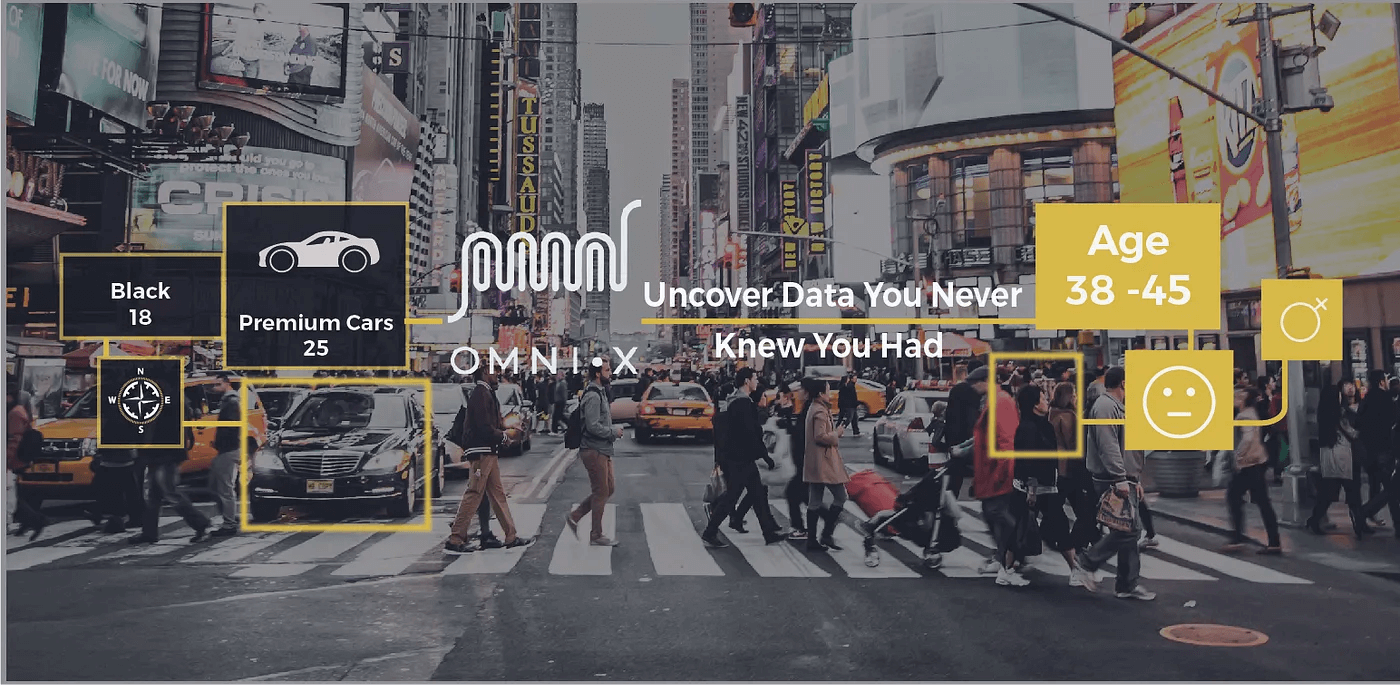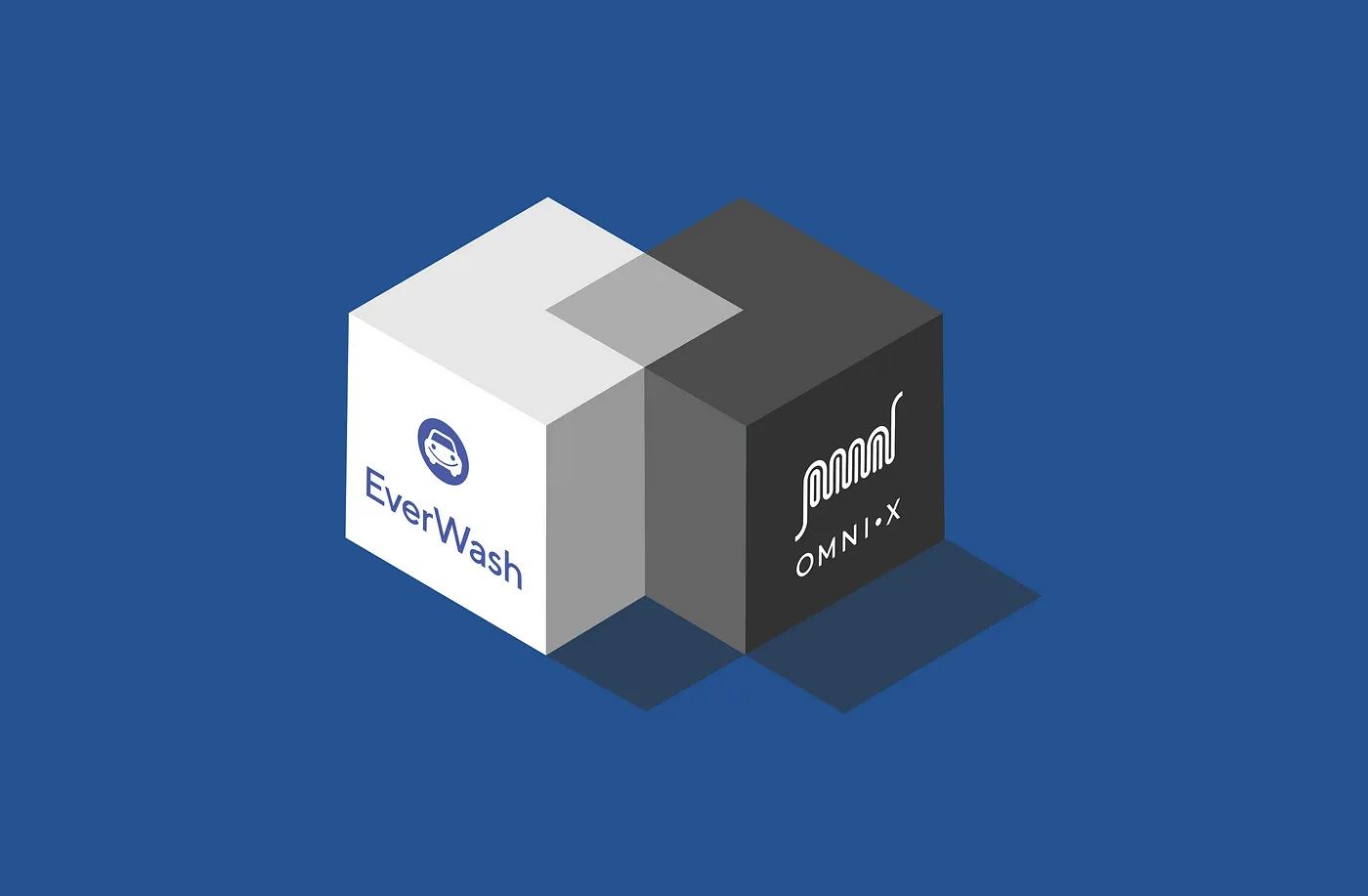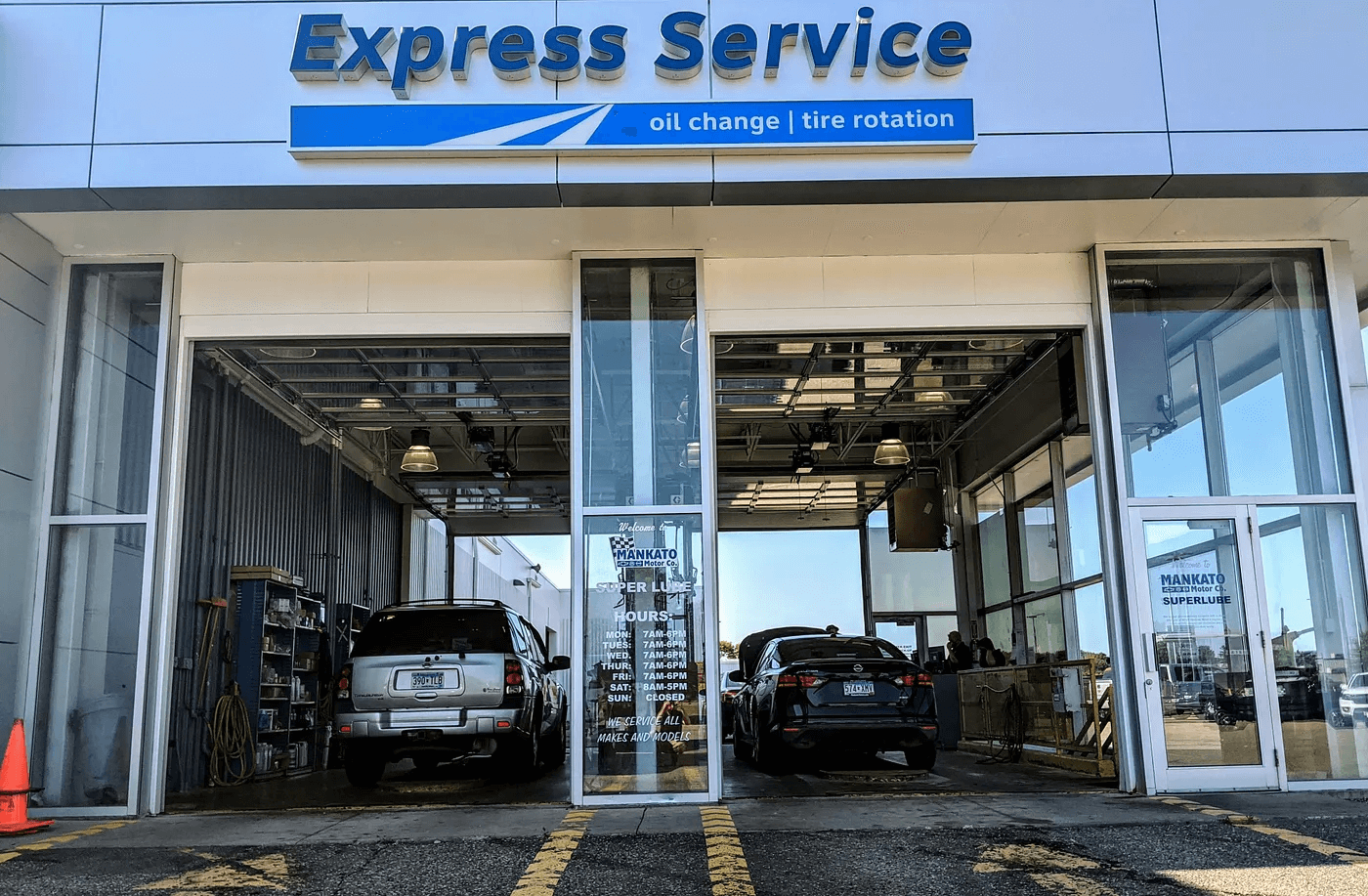As businesses scramble to reopen and readjust in 2020, there’s been a heavy emphasis on minimizing the number of employees required to run the day-to-day operations. Not only does having more employees mean greater health risks, but also labor accounts for the highest percentage of operational costs in many service businesses. While the onset of COVID-19 has certainly accelerated this movement, the obsession with doing more with less dates back to the pre-pandemic era. In particular, service businesses have long been investing in technologies — both complex (chatbots, automated kiosks) and simple (clear signage, intuitive design) — to gradually chip away at and replace the manual responsibilities of human capital.
In many customer interactions, however, the plethora of tech solutions simply cannot replace a timely and nuanced human touchpoint. There’s a reason many customers still prefer to speak with customer service reps halfway across the globe, rather than type to a chatbot. The art of selling, in particular, is something that a decently-trained employee will have a clear advantage over an automated message on a screen, in most cases. So what is a business that is looking to reduce labor costs to do?
Businesses manage their staffing based on how much work there is to accomplish. As an example, an ice-cream shop will have only 2 employees on staff from noon till the early afternoon, and then increase that to 4 employees after 3pm, when children are finishing up their school day. The business owner will also staff up during the summer months and staff down during the colder months. This example should be intuitive to most — since demand and volume aren’t necessarily even throughout the day, a savvy operator will adjust their resources to meet that demand.
Unlike for a small shop serving a few dozen customers a day, larger operations that are servicing hundreds or thousands of customers each day require a much more accurate understanding of volume by the hour. Inefficient staffing based on ‘gut feeling’ or loose assumptions can significantly impact the profitability for the day. omniX labs works with such businesses by providing precise, hourly volume predictions for the next day. Our neural networks take in a variety of data points, such as nearby traffic, public holidays, weather, local events, and historical data. Different types of businesses may be impacted by different external factors. Over time, trends can be found in an operation’s hourly demand. Armed with that intel, a manager can make agile decisions to adjust staffing the night before.
In most instances, businesses primarily rely on omniX’s volume predictions to address low volume days and hours. At the most simplistic level, managers adjust the employee shifts to match the lower volume. Savvy operators will also shift the focus on running preventative maintenance or employee training. The more aggressive businesses will increase their revenue per labor hour by checking the volume predictions the day before and then reaching out to existing customers with promotions and time-sensitive discounts during those low volume times, boosting sales on an otherwise slow day. Other businesses look to utilize the omniX predictive insights to staff up on high volume periods to maintain optimal throughput. Most managers would agree there’s no bigger nightmare than striking out on high demand days due to slow customer service!
While it’s up to debate about how long it’ll be before AI can completely replace the human touch in customer service and sales, businesses today can increase labor cost savings and reduce health risks by leveraging technology to make smarter staffing decisions.
Learn more about how omniX labs can help your business at omnixlabs.com








